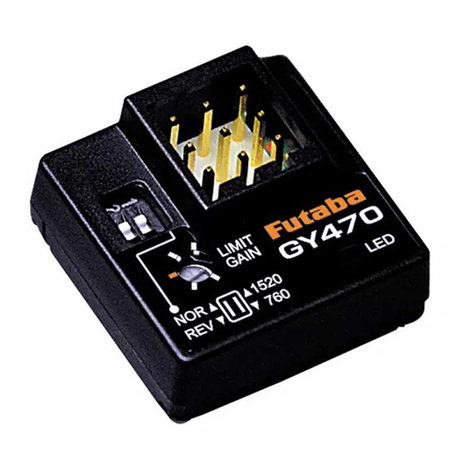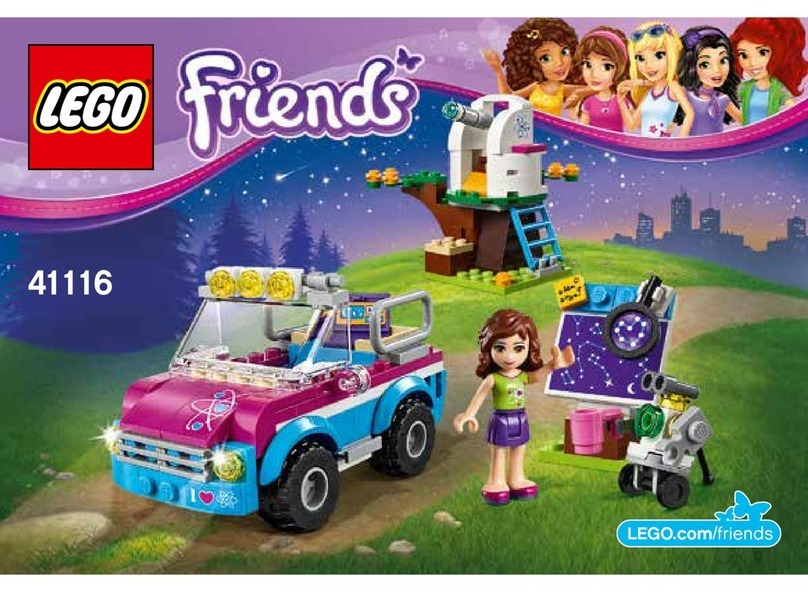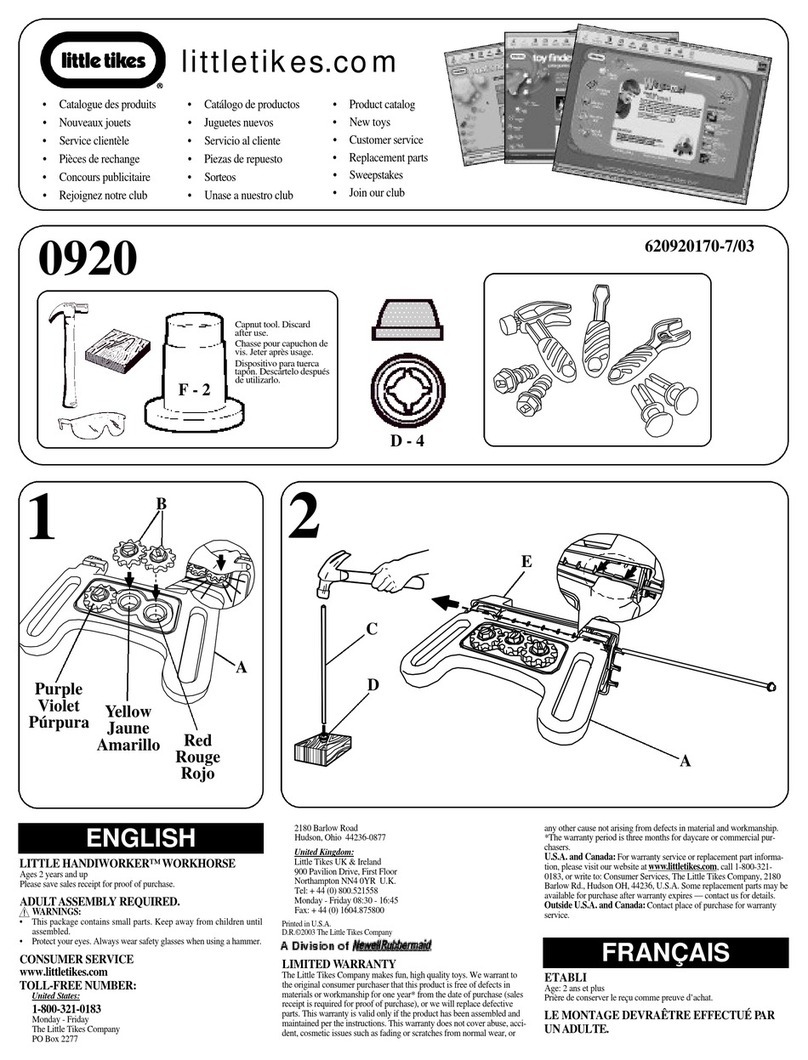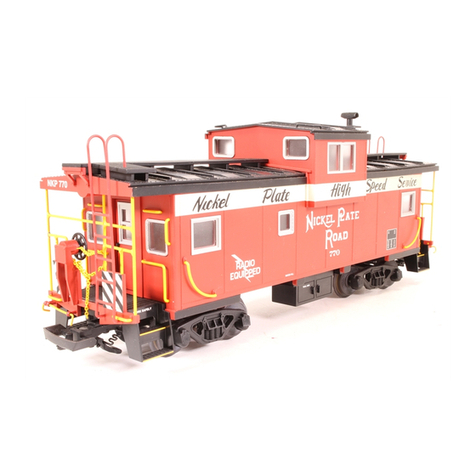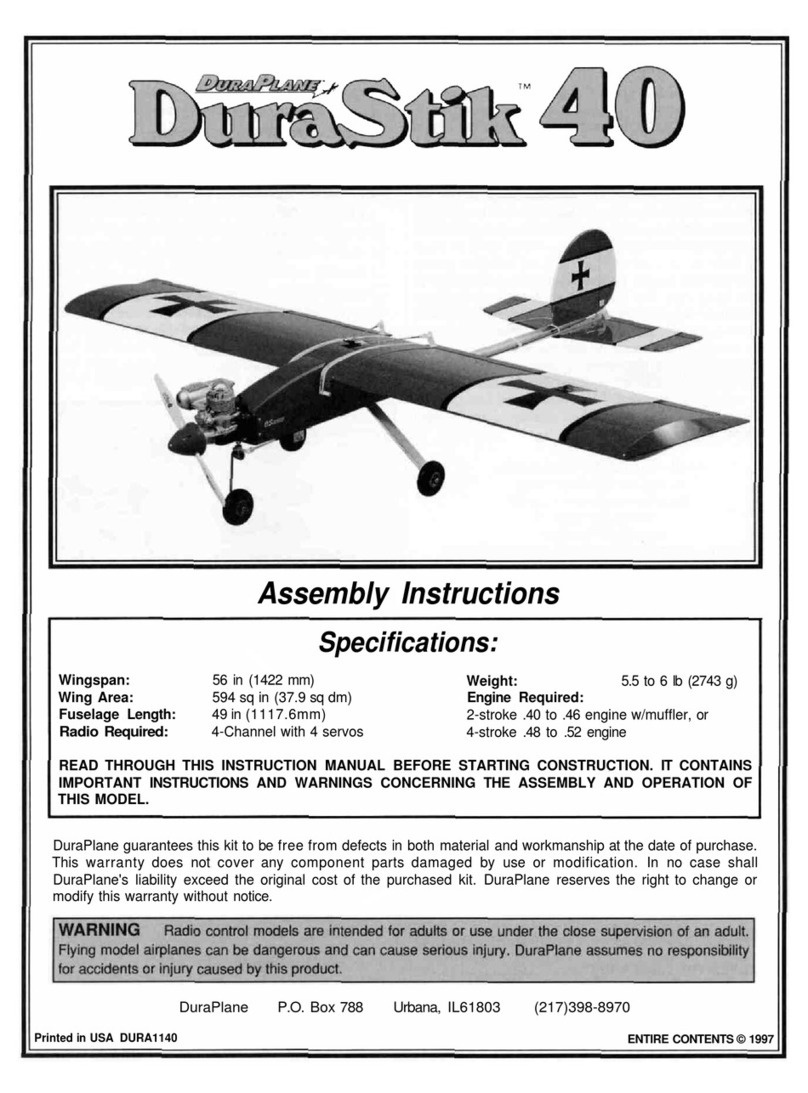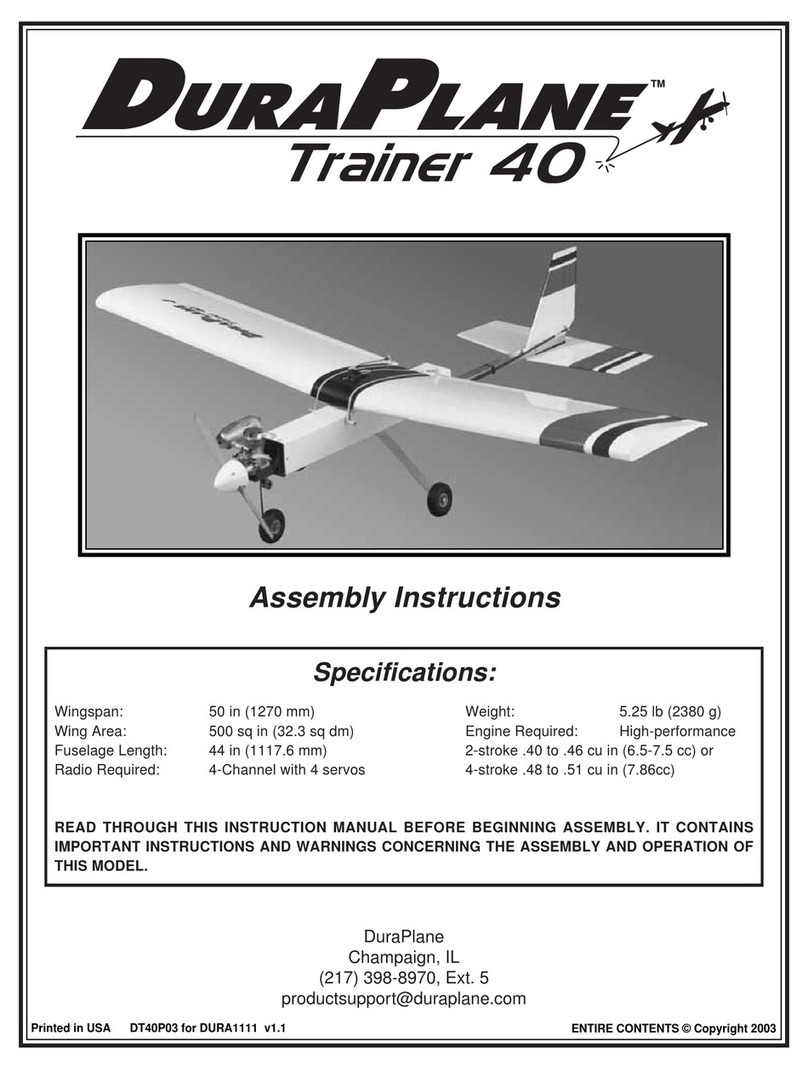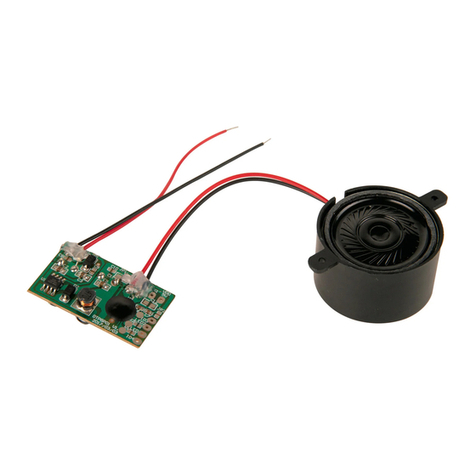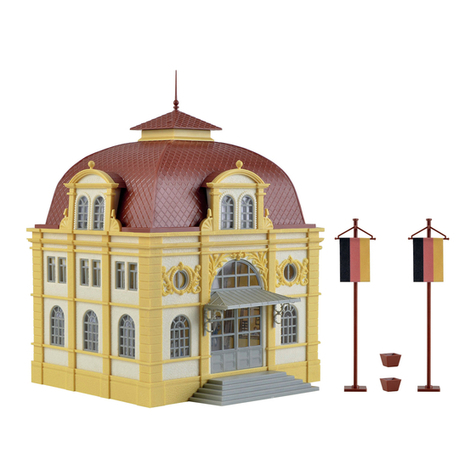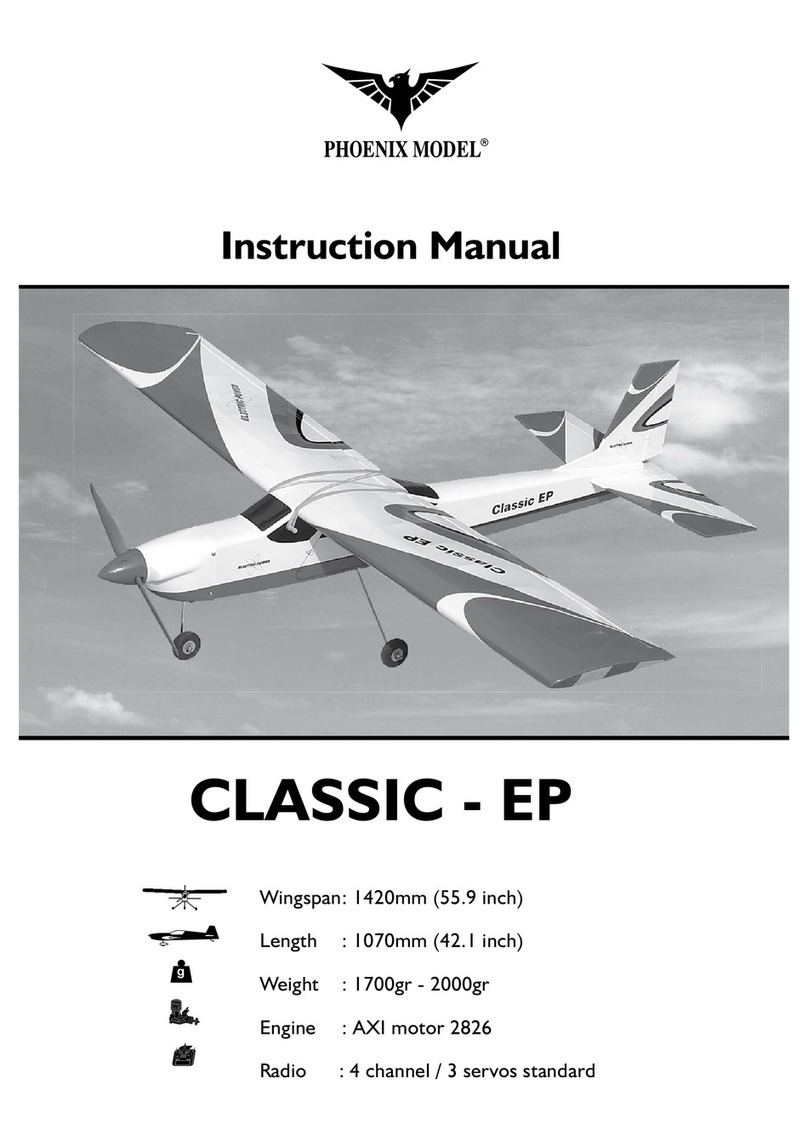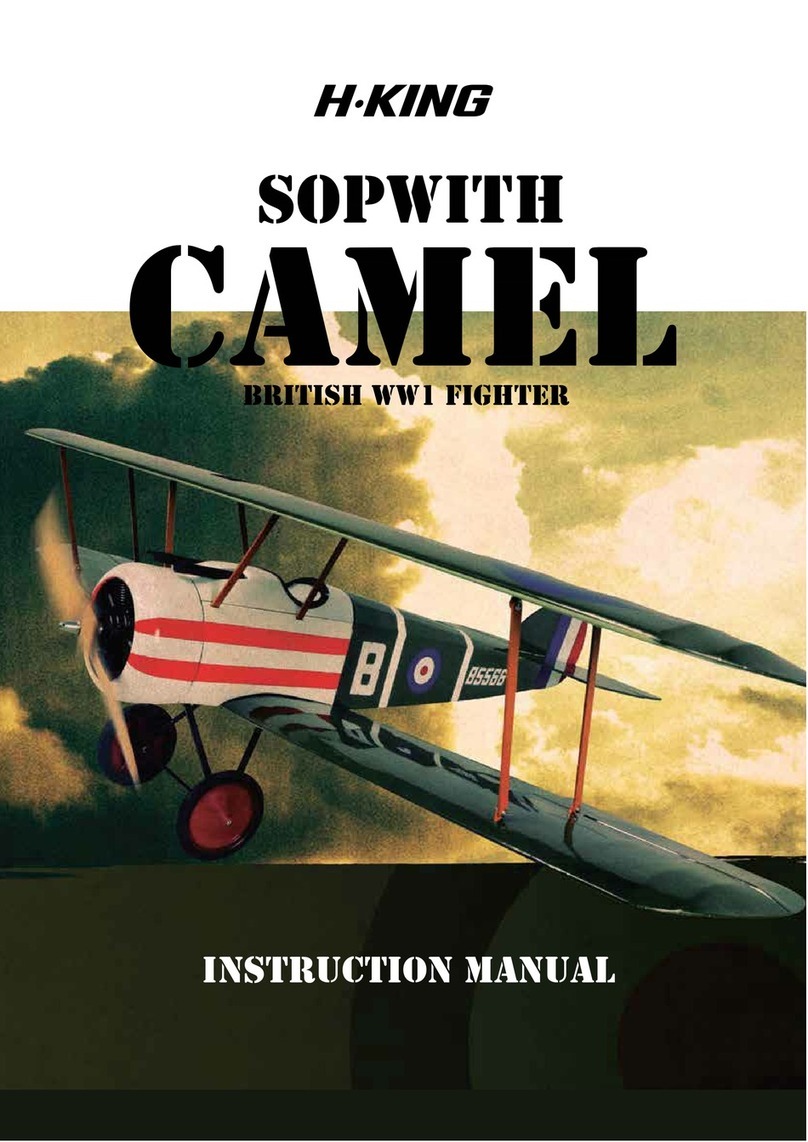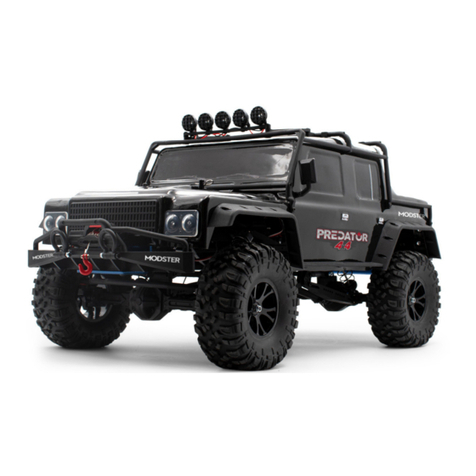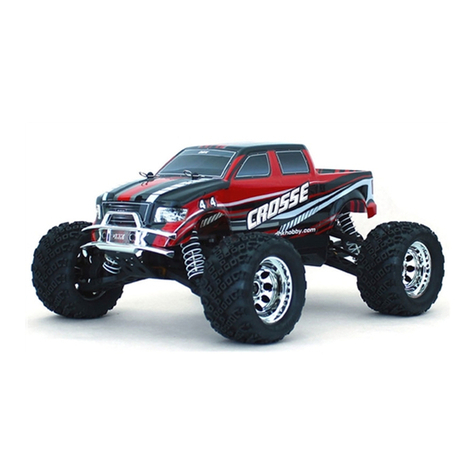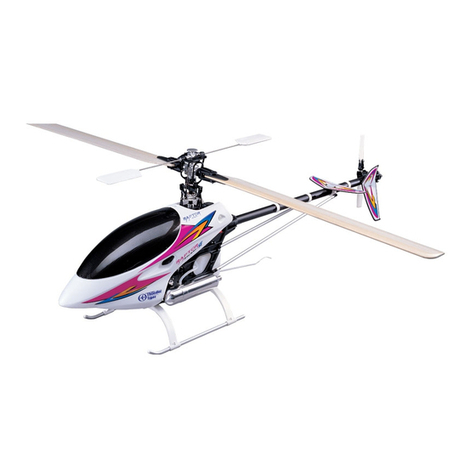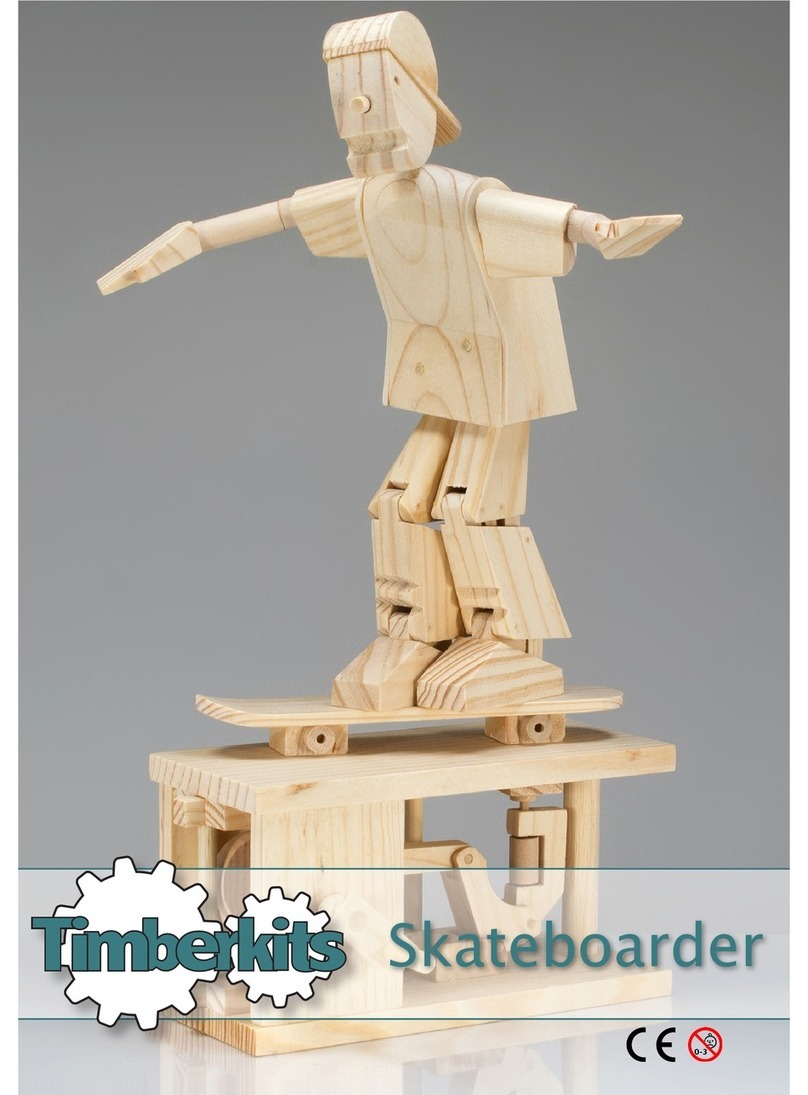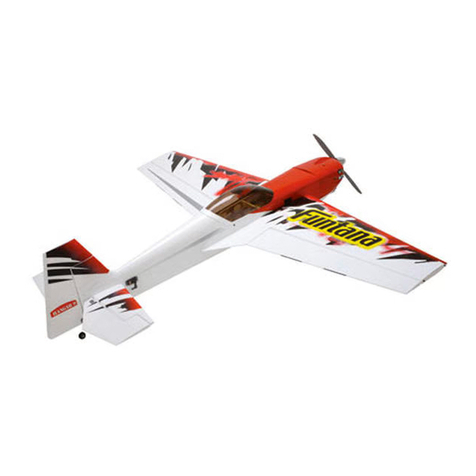
3Cut the inner pushrod tube to the correct lengththen
install the last 1" threaded stud with a clevis Position the
steering arm as shown inthe photo Adjust the length of
the pushrod so thatwhen the rudder is neutraland the
pushrod isconnected to the steering arm, the nose wheel
isalsoneutral.
1Disconnect the elevator and rudder pushrods from
the tailfeathersRemove the control horns and hinges.
Then takethe stabilizerand finoffthe fuselage channel
Use a sanding block and 150-grit sand paper to round the
leading edges of the finand stabilizer Final sand all the tail
surfaces with 320-grit sandpaper Tip: If you don't mind a
little extraworkand would like to have a better looking
model witha 'finished" appearance, taper the rudder and
elevatorby sanding the trailingedges to a thicknessof
approximately 3/32' This is optional anddoes notaffect
the flight performance of the Aerobat.
4Turn the modelover and confirm the coordination of 2While the ailerons are stillconnected, sand the tips of
the rudder and the nose wheel - when the rudder moves
left,the nose wheel should turn left. the wing so the balsa trailingedge and ailerons are all flush
with the wingtip Disconnect the pushrods and remove the
control horns fromthe aileronsDetach the ailerons from
the wing and remove the hinges
3Apply white HobbicoHobbyLite" filler to any dentsin
the foam wing Afterthe fillerhas hardened, use a sanding
block and 220-grit sandpaper to remove irregularities and
the seam on the leading edge For the best appearance, it
isrecommended that finalsanding bedone with320-grit
sandpaper but withouta sanding block Tip: Aswith the
rudder and elevator, for a "finished" appearance, you may
taper the ailerons
We presume that the Aerobat will bebuilt byexperienced
modelers but due toitssimplerapidconstruction,the
Aerobat may appeal to less experiencedmodelers as well
Fornewmodelersorthoseunfamiliarwithfinishing
techniques,wehave providedsome basic information
aboutthecoveringmaterialsavailableandthe
recommended covering sequence.
Thefoamwingand thebalsasurfaces,includingthe
aileronsandtailfeathers,mustbe coveredwitha
protective,fuelprooffinishAmongthemanymodel
airplane covering materials available Top Flite EconoKote
film isrecommended EconoKote filmrequires a lower heat
range to apply than other iron-on films, so itcan beapplied
over the foam wing Itcan also beapplied to the wood tail
surfaces as well Apply EconoKote film with a hobby heat
seal iron.
Onesix-footroll will beenough to coverthe Aerobat,but if
you wish to add trim colors or other designs, you will have
to purchase more than just one roll
4Before covering, remove as much balsa and foam
dust as possible leftfromsanding the model This can be
done with compressed air,a vacuum cleaner, a brush or a
tack cloth.
Now the Aerobat 40 wing and tail feathers are ready
for covering
Carefully follow theinstructionsincludedwiththecoveringyou
haveselected
10
